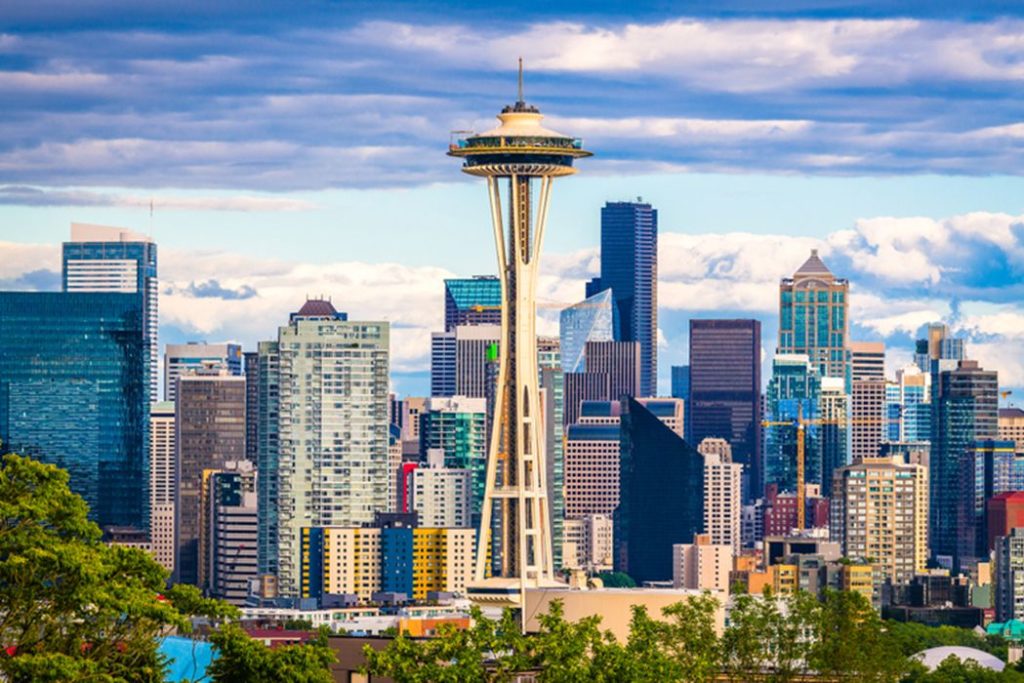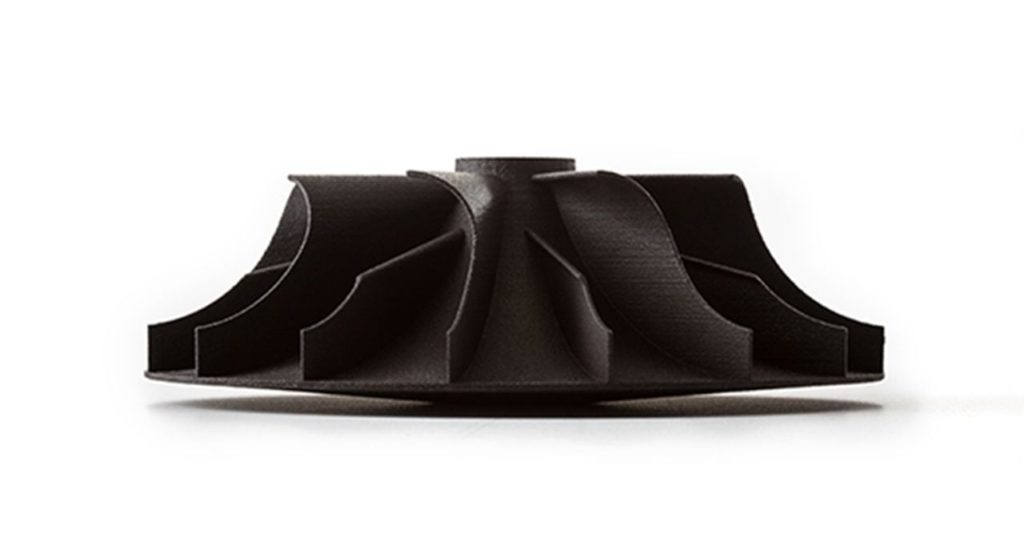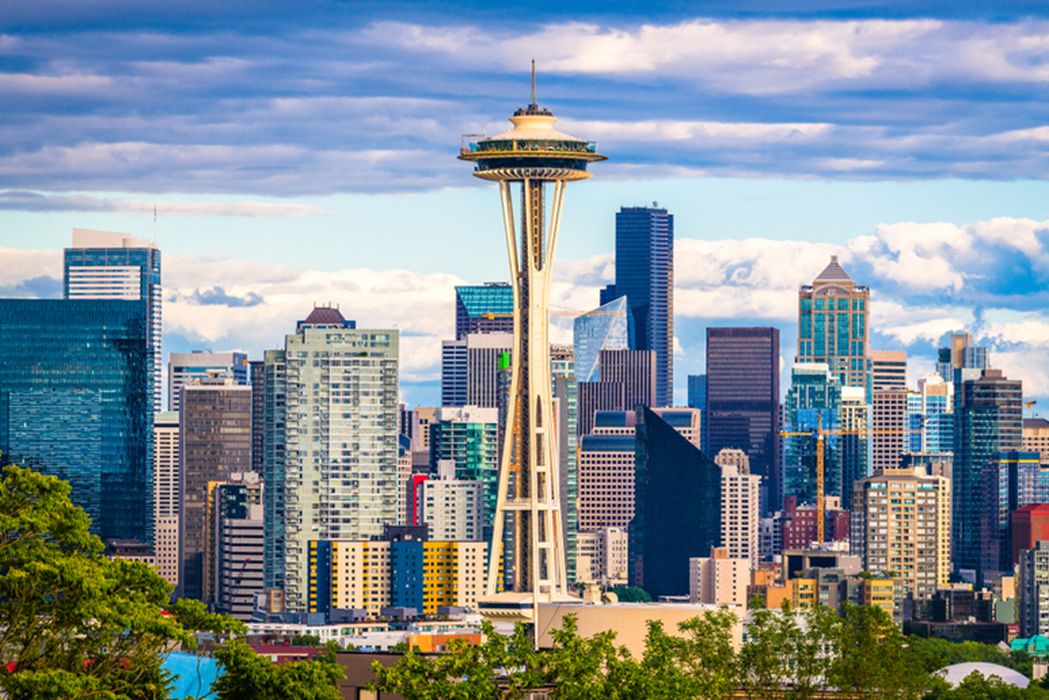
Charles R. Goulding and Preeti Sulibhavi look at reasons 3D printing companies should be in Seattle.
You wouldn’t think that while the U.S. economy contracted 3.5% in 2020, that the biggest tech companies (Alphabet, Amazon, Apple, Facebook, and Microsoft) would require additional office space, despite the remote-work environment. But that is exactly what has happened according to an October 13, 2021, article in the New York Times. The Seattle region is becoming a hotspot for big tech expansion and office space in area is being scooped up by these tech giants.
Technology companies have begun establishing satellite offices employing hundreds of people in cities with high concentration of universities, the article goes on to mention. Microsoft alone is adding seventeen buildings and eight thousand employees to its Redmond headquarters, fifteen miles northeast of Seattle. Amazon itself intends to add 25,000 employees in Bellevue.
Seattle and 3D Printing
This picture is not complete without illustrating how 3D printing is a part of this trend. Seattle is home to much innovation. In fact, Seattle has dozens of 3D printing service companies that offer a wide array of 3D printing options. Some of them include but are not limited to: Smart Tech 3D Printing, 3D Composites, Forge Labs, Xometry, and Pacific Research Laboratories (PRL).
For instance, PRL offers a whole host of 3D printing services allowing customers that are improving upon or inventing a new product the ability to take advantage of agile development and improve their prototypes as they create them. PRL offers communicative services with a physical location for those customers with concerns or questions. One of PRL’s products is CrittEar, a canine soothing device intended to calm pets.

And Protolabs offers various forms of 3D printing and additive manufacturing including, metal 3D printing, stereolithography (SLA), selective laser sintering (SLS), multi jet fusion (MJF), polyjet and carbon DLS. The Protolabs website allows customers to compare services and specifications as well.

Microsoft’s major gaming segment supports a large gaming developer community in Seattle, including leading companies such as Unity Technologies, Double Down Interactive, Illfonic and Bungie.
The Research & Development Tax Credit
The now permanent Research and Development (R&D) Tax Credit is available for companies developing new or improved products, processes and/or software.
3D printing can help boost a company’s R&D Tax Credits. Wages for technical employees creating, testing and revising 3D printed prototypes can be included as a percentage of eligible time spent for the R&D Tax Credit. Similarly, when used as a method of improving a process, time spent integrating 3D printing hardware and software counts as an eligible activity. Lastly, when used for modeling and preproduction, the costs of filaments consumed during the development process may also be recovered.
Whether it is used for creating and testing prototypes or for final production, 3D printing is a great indicator that R&D Credit eligible activities are taking place. Companies implementing this technology at any point should consider taking advantage of R&D Tax Credits.
Conclusion
There are several reasons why Big Tech is looking to Seattle for its satellite locations. Technology is inherent in the region and 3D printing is included in the spectrum. With big tech coming to its neighborhood, the 3D printing industry should take a hard look at Seattle for potential locations.

